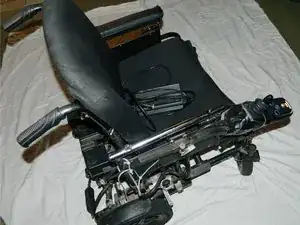
Battery to Electric Wheelchair
A wheelchair is essentially a chair with wheels that allows people with reduced mobility to move about with ease.
The first self-propelling chair on wheels was invented in 1655 by Stephan Farffler. The chair utilized a chassis with three wheels and numerous cranks and cogwheels. The next significant event in the history of the wheelchair was when wheelchairs were introduced to the Atlantic City Boardwalk in 1887. They were used on the Boardwalk so both disabled and healthy tourists could move about the area.
The closest ancestor to the medical wheelchair we recognize today was invented in 1933 by Harry Jennings Sr. and Herbert Everest, who were both mechanical engineers. Their chair was made of steel, but it was still lightweight, portable, and folding. Wheelchairs today are still designed to have all of these qualities.
While the basic concept for the medical wheelchairs we see today dates back to the 20th century, there have been numerous advancements in wheelchair technology in recent years. For instance, the SmartDrive from Permobil is a wheelchair attachment that connects to the back of wheelchairs. It provides wheelchair users with power assist technology, allowing users to move about with less effort.
Wheelchairs vary in the number of wheels they have, how they are controlled, what they are made of, and whether or not they are collapsable. However, all wheelchairs do include wheels of some sort that transport a seat. Wheelchairs also always have a method of propulsion.
*